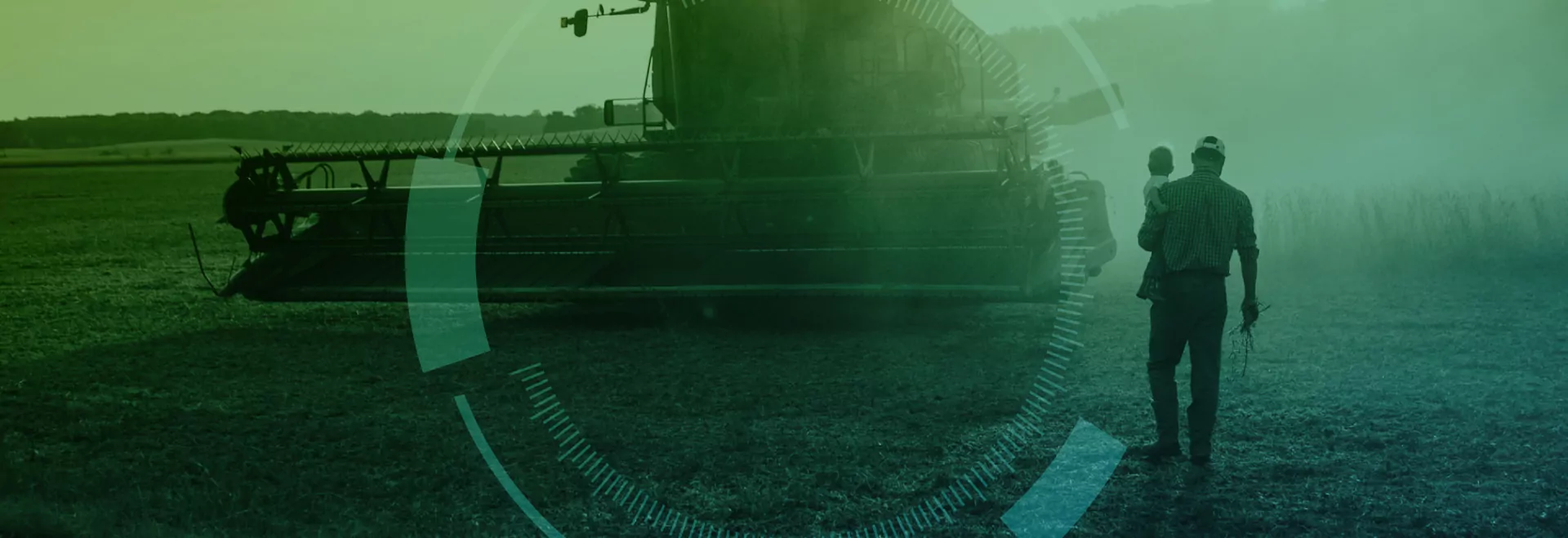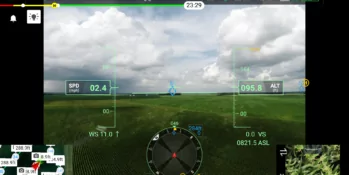


Taranis, CEO & Co-founder
These challenges come on top of larger issues confronting the agriculture industry: from a growing global population to feed – set to reach 9.8 billion by 2050 – to a changing climate that has already damaged global food production.
To react to the immediate global health crisis and adapt to these ongoing developments while still meeting the rising demand for food, agriculture must find innovative ways of boosting yields and attracting new workers to the industry.
The industry’s digital transformation offers a pathway to achieving all these goals.
Greater adoption of digital tools like AI platforms, drones, genomics, and other mechanical advances in agriculture will help farmers maximize resources and improve productivity. That’s crucial at a time when food supply chains are under stress and when labor issues are especially acute as people are forced to stay home.
Agtech “fertilized” by innovation promises to attract a new, younger generation to the industry, from former urbanites eager to try their hands at agrarian life to computer scientists, software developers, AI engineers and other experts who can play pivotal roles in scaling the digital developments that are remaking the agricultural landscape – fueled by the idea that they are helping make the world a more sustainable place for generations to come.
At a time when millions around the world may find themselves seeking new career moves due to economic downturns resulting from the global pandemic, a new avenue of employment in such a critical area as agriculture may come as good news to a shaken planet and the millions of pockets it has affected.
Data analytics, artificial intelligence, drones, and other agricultural technologies carry the promise of helping the agriculture industry adapt to the globe’s demographic and environmental challenges. Indeed, investors see great promise in agtech’s potential to bring greater value and efficiency to the industry. According to data compiled by AgFunder, startups in the sector raised $16.9 billion in 2018, a 43 percent spike over 2017 figures.
What lies behind the headline figures? Real-world benefits for farmers and the billions they feed. Take just a few key examples:
While agtech can help address critical labor shortages – at the fieldworker level, for example –agricultural technologies are also creating new jobs and attracting younger workers to the industry. Labor statistics find that farmers, ranchers, and other agricultural managers are 56.4 years old, on average. But as demand grows for agricultural engineers, younger, tech-savvy workers are stepping up: According to BLS, three-fifths of these professionals are now under the age of 34. That’s crucial in turbulent periods with tectonic shifts in work opportunities.
But young adults are also showing greater interest in actually becoming farmers themselves, and as digital natives, they can deftly manage the industry’s ongoing digitization. In late 2017, the number of farmers under 35 began increasing for only the second time in the past century, with 69 percent of young farmers surveyed holding college degrees. With the upcoming planting season arriving in the midst of the COVID-19 pandemic, agtech is rising to the fore as a necessity for farmers facing labor shortages, rather than a luxury. The rise of agtech will create even more new job opportunities for young professionals, particularly in fields that require degrees and skill-sets in well-paying areas like software development, AI, engineering, and digital consulting.
So is the industry helping prepare for tens of thousands to make the shift into “Agriculture 2.0” in the long term? In the academic arena, precision agriculture is a growing field of study. South Dakota State University became the first university in the U.S. to inaugurate a bachelor’s degree in precision agriculture in 2016, while other universities worldwide offer a variety of agricultural technology programs. In the age of COVID-19 when many people are confined to their homes, there are ample opportunities for distance learning, including online degrees or courses.
The private sector is also playing a crucial role in nurturing the ecosystem, with training programs and incubators like the John Deere Startup Collaborator program (disclosure: my startup is part of this initiative), Bayer’s Youth Ag Summit, the Dairy Farmers of America’s startup accelerator, and more.
Given what’s at stake – food security, natural resources, the global economy, a sharp spike in global unemployment, and, ultimately the planet’s health and sustainability – it’s essential that young people continue to take advantage of the robust ecosystem of training programs, mentors, partners, and investors to bring their skills and technology know-how to the field of agriculture. The current crisis has shaken entire industries to their core – but by making smart investments in attracting a younger generation of farmers, agriculture can employ many of the talented young professionals rendered jobless by the coronavirus crisis while also tapping into their technology skills to build more efficient and sustainable processes and meet the globe’s mounting challenges.

As the global population is on the rise, the expectations from farmers to grow about 70% more food continues to remain front line. Leading the discussion around Taranis’ AcreForward technology is Mike DiPaola, Chief Commercial Officer.

WIBW discusses technology in agriculture, and what’s in store for Taranis Academy.